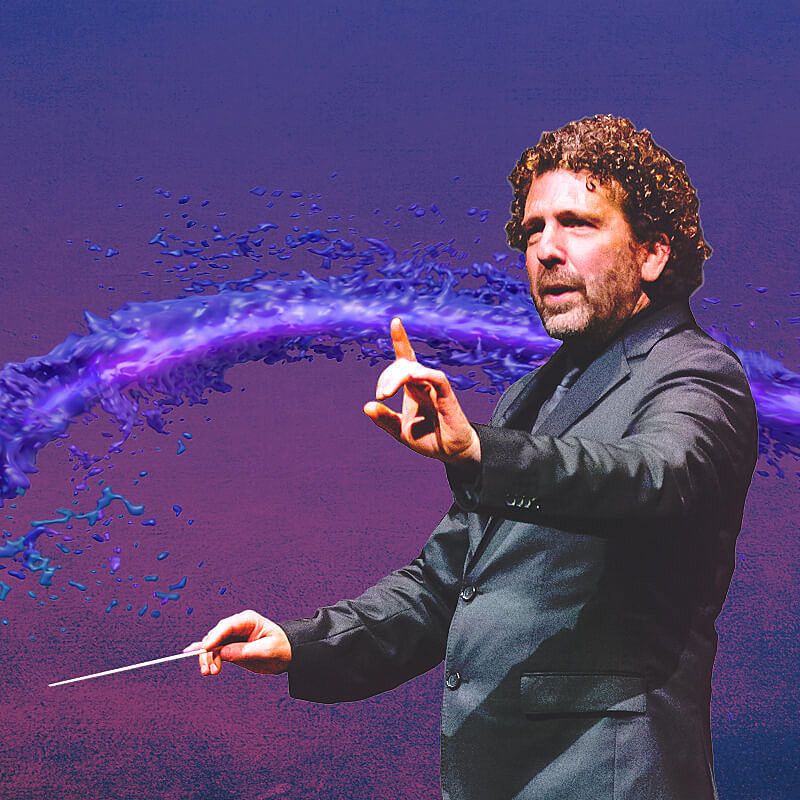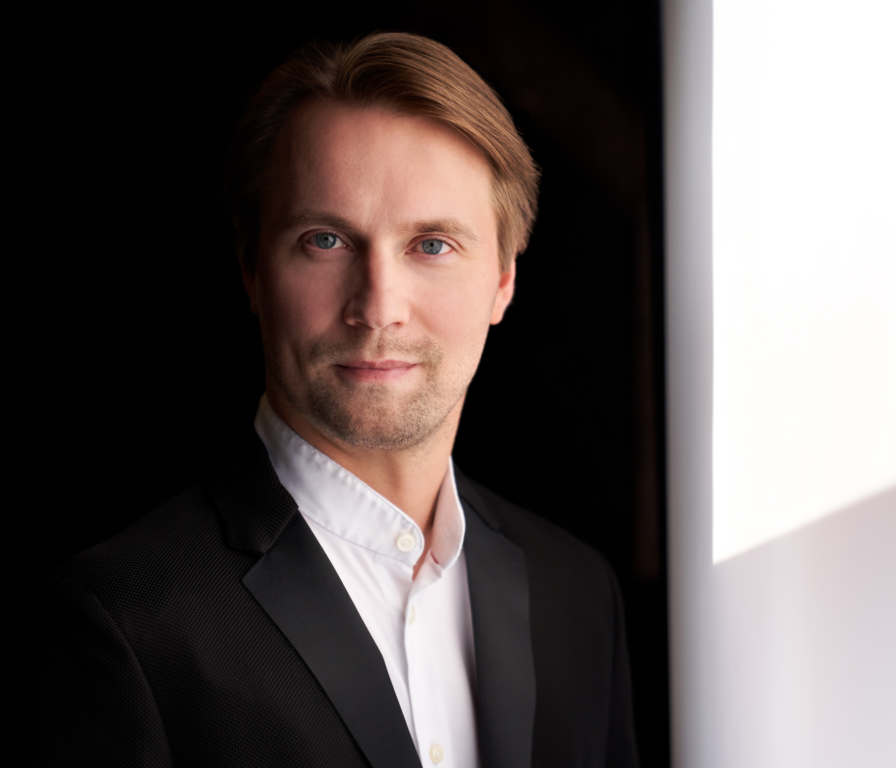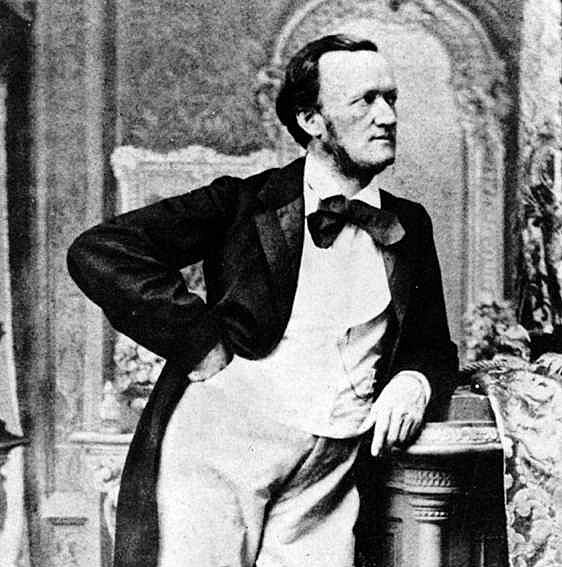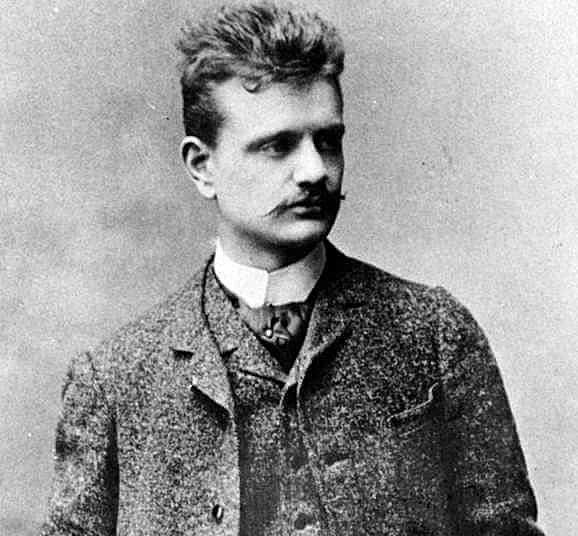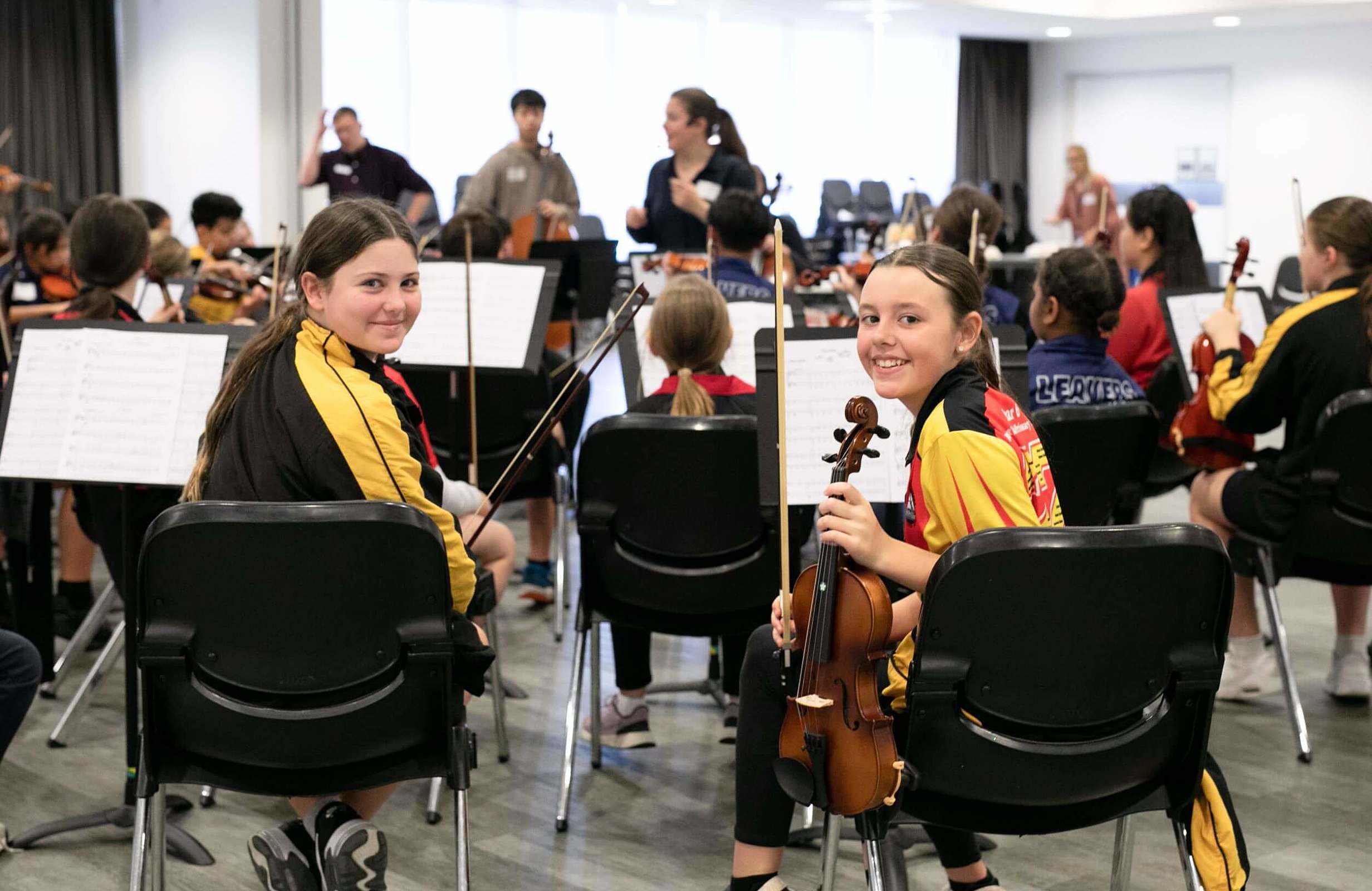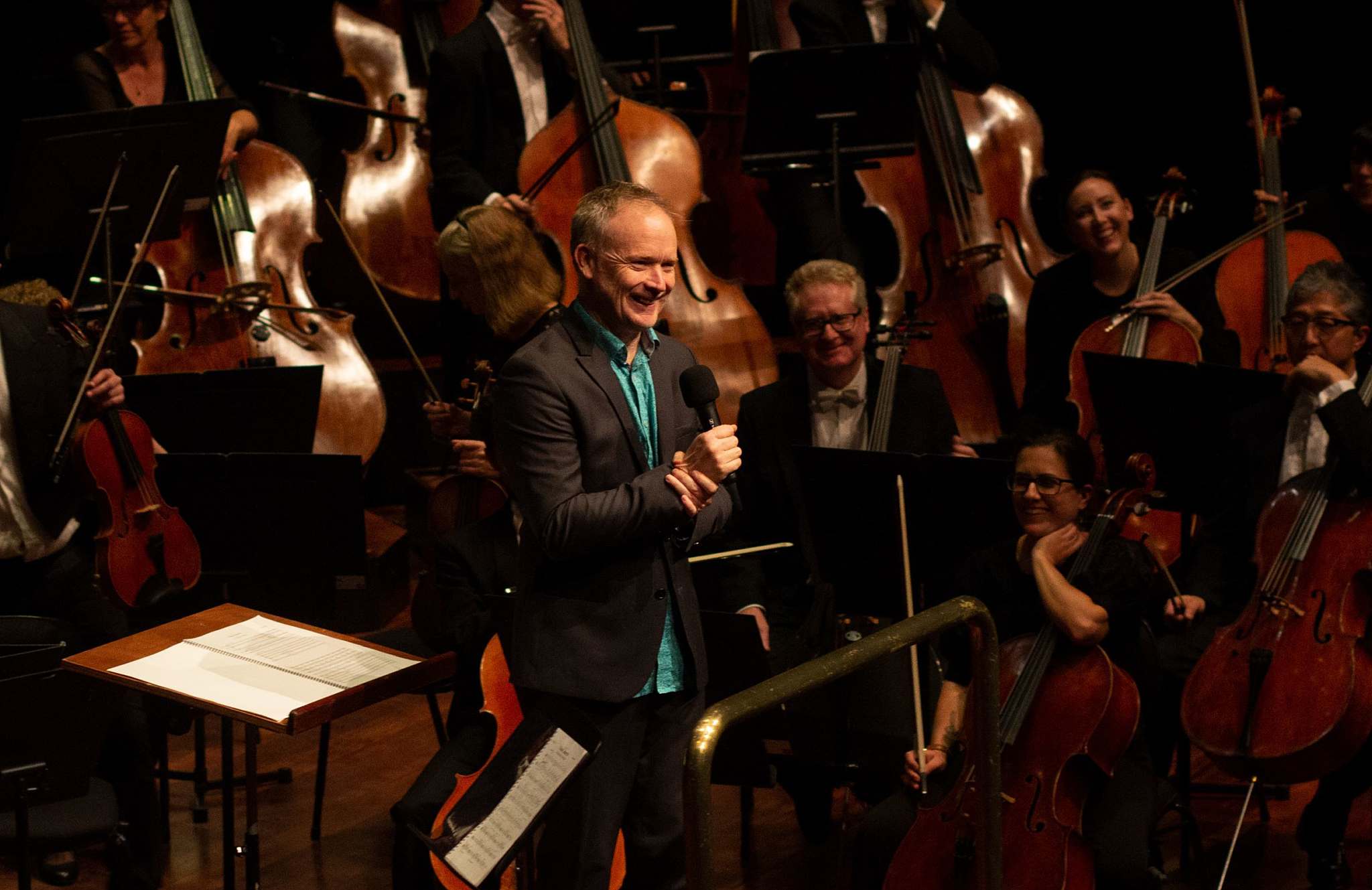Jean Sibelius
(1865-1957)
Symphony No.2 in D, Op.43
Allegretto
Tempo andante, ma rubato
Vivacissimo –
Allegro moderato
Sibelius, like Brahms, came relatively late to writing symphonies, producing his First at the age of 33 and premiering it in 1899. Like Brahms, though, Sibelius had accrued considerable experience in writing for orchestra. The 1890s saw the composition of works like Kullervo, En saga, movements which later became the Karelia suite and the original version of the Lemminkäinen Suite, which depicts heroic tales from the Finnish mythological cycle, the Kalevala.
What all these works have in common, of course, is their preoccupation with the myths and legends of Finland, which remained until 1917 a satellite of Imperial Russia. As a member of the Swedish-speaking minority in Finland, Sibelius hadn’t given much thought to the traditional mythology of the Finns until his engagement in 1890 to Aino Järnefelt, whose family were very pro-Finnish. At the time he was studying in Vienna, where the music of Anton Bruckner made a deep impact on him. While Sibelius’ enthusiasm for Bruckner cooled over the years, the influence of the Austrian composer – particularly his ability to structure largescale symphonic movements – remained crucial.
Sibelius’ nationalist music was related to a growing political consciousness: by 1899 the Russians were actively discriminating against Finns and suppressing their language. The work we know as Finlandia was banned by the Russians and had to be performed under the politically inoffensive title of ‘Prelude’, though no Finn in the audience was unaware of the work’s significance. Sibelius’ enterprise in the 1890s, then, was to create a Finnish musical language out of the drama of its legends, the typical modal patterns of its folksong (though he never quoted actual folk tunes) and the rhythmic imprint of its verse, and to blend these elements with the contemporary idioms of Bruckner, Liszt and Tchaikovsky.
Sibelius always denied that the Second Symphony, which appeared in 1902, had any extra-musical significance. The journey it enacts from darkness to light relates it to works of ‘absolute’ music such as certain Beethoven symphonies, but commentators – particularly in Finland – have often argued for its having an implicit program of national liberation. The audiences at its premiere performances certainly thought so: the concerts were sold out, the audiences ecstatic and the composer acclaimed as a national hero. Its first movement seems to evoke the pastoral landscapes of Finland, shot through with a sense of incipient grief.
During its course the symphony passes through often fragmentary stages of deep melancholy and conflict before emerging in the final movement with one of Sibelius’ most stirring and memorable tunes.
In fact, Sibelius began writing music which ended up in the symphony while holidaying in Italy, leading some writers to comment on the more than usually warm textures that he draws from a modestly constituted orchestra. From his correspondence we know he was contemplating at least two projects: a set of tone-poems called Festivals and a single-movement work – inspired perhaps by Richard Strauss, whom Sibelius had recently met – on the story of Don Juan. Out of the sketches for these works, Sibelius fashioned some of his most memorable gestures: the sinister start of the second movement, with its soft pizzicato opening, horn calls and bassoon solo, was originally to have evoked the figure of Death arriving at Don Juan’s castle.
The work may be a document of national liberation, but it is also about the process of unifying and reconciling diverse, often fragmentary, musical gestures, so that the expansive melody of the finale seems the inevitable outcome of all that went before. Five years later, Sibelius would have his much reported meeting with Mahler where he advocated a ‘severity of style and the profound logic that creates an inner connection between all the motifs’. Mahler’s response, ‘No, the symphony must be like the world and embrace everything’, missed the point. In their different ways, they were saying the same thing.
Gordon Kerry © 2003
This work, published by Breitkopf & Härtel, has been supplied by Clear Music Australia Pty Ltd as hire agents for Bärenreiter in Australia.
First performance:
8 March 1902, Helsinki; composer conducting.
First WASO performance:
16 August 1947; Joseph Post, conductor.
Most recent WASO performance:
21-22 April 2017; Asher Fisch, conductor.
Instrumentation:
two flutes, two oboes, two clarinets, two bassoons, four horns, three trumpets, three trombones, tuba, timpani, strings.

